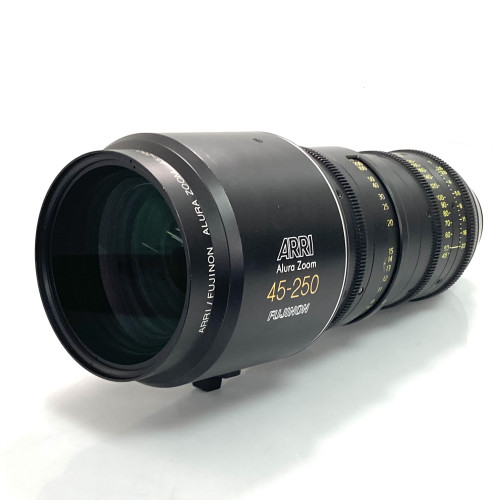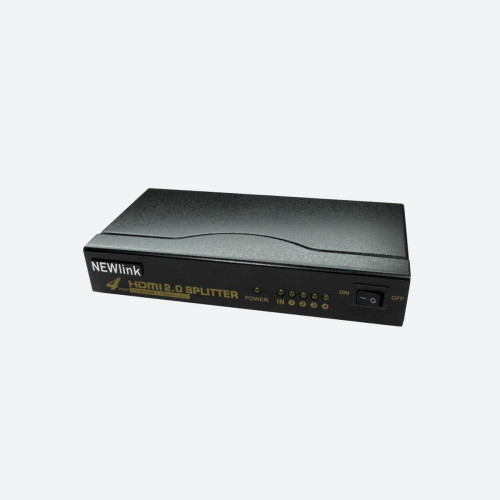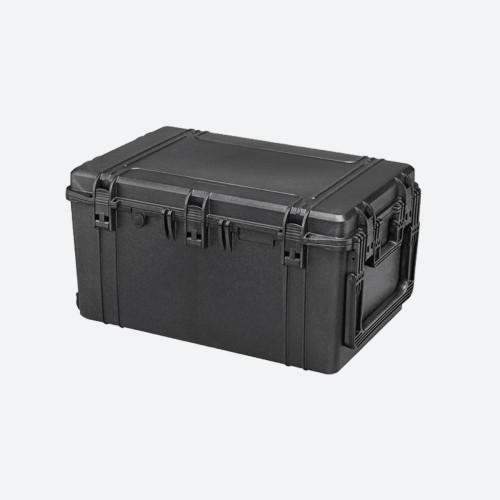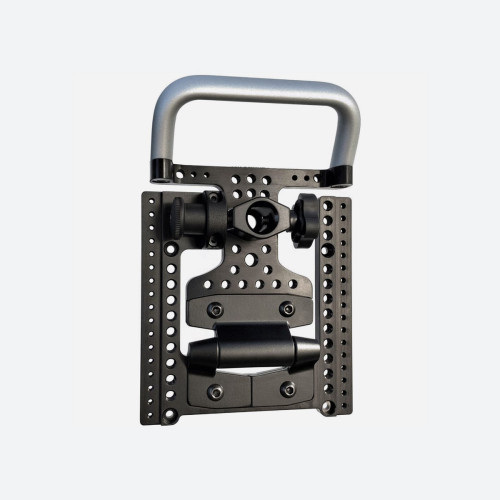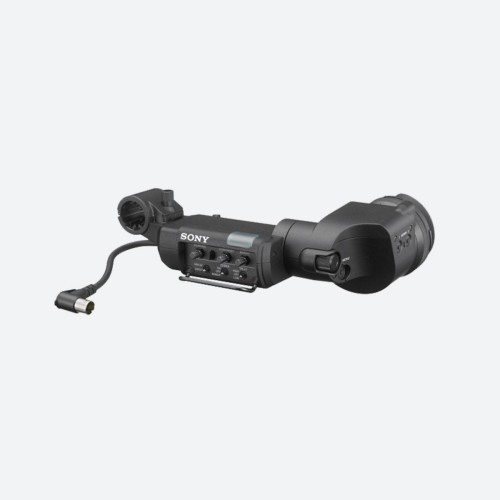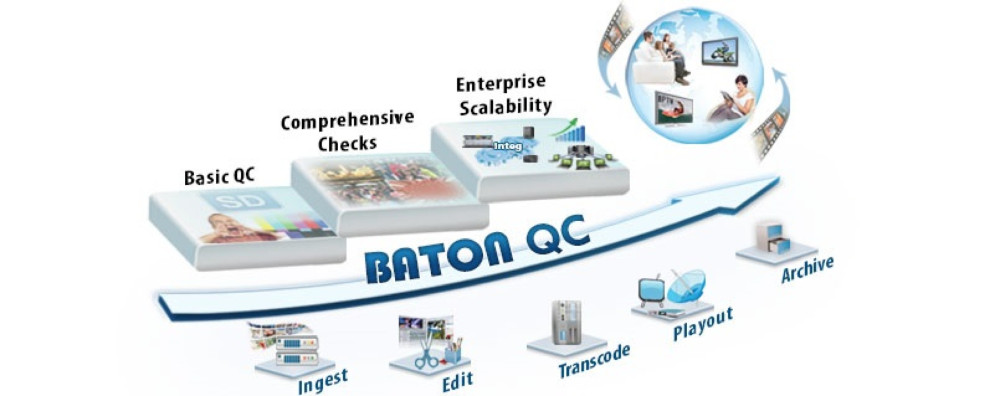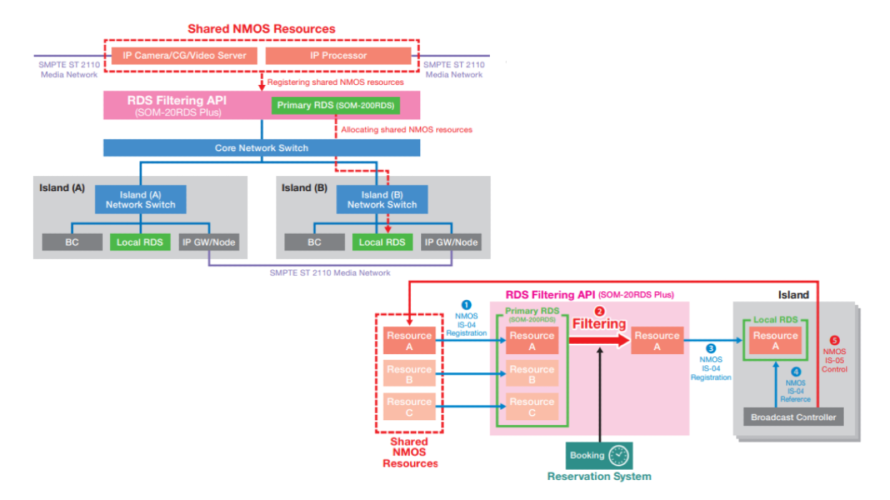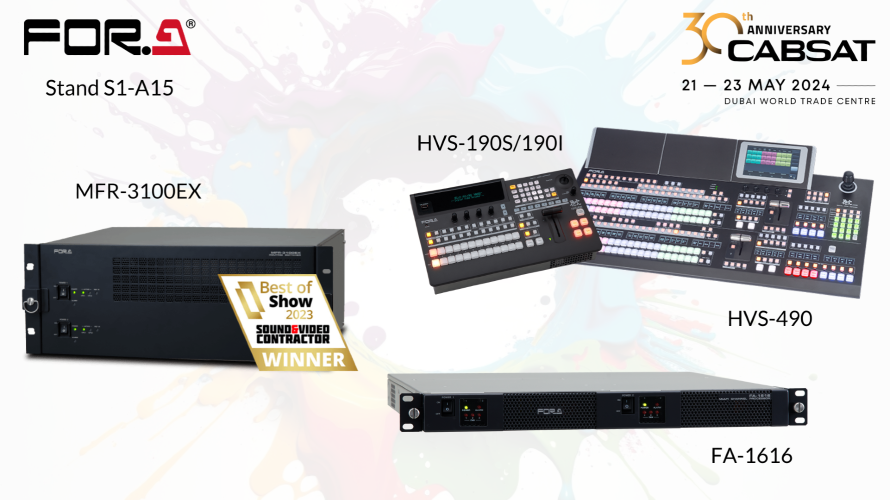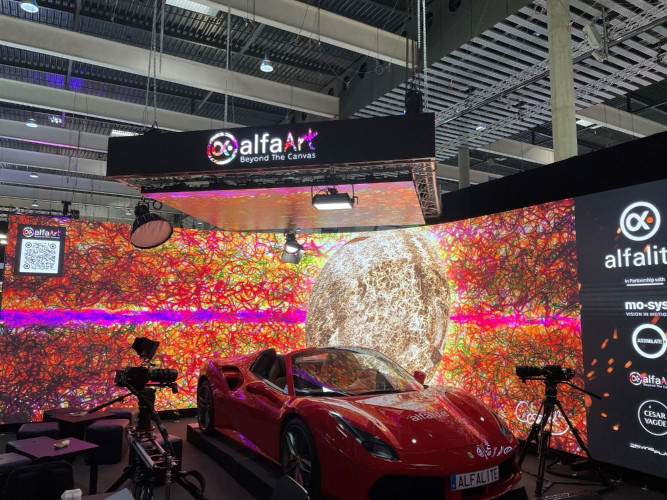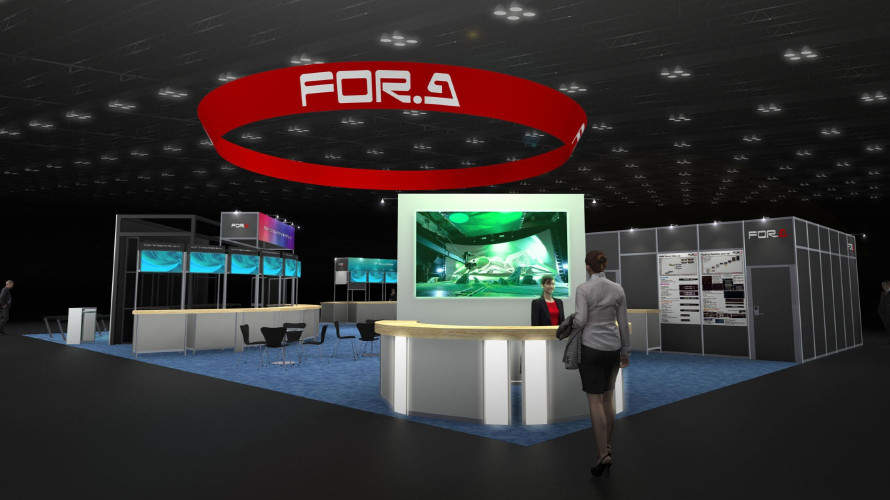by Will Strauss Issue 86 - February 2014 4k (or UHD) is everywhere. Whether you want it or not, it is (slowly) permeating the living room - in the form of TV sets - and gradually becoming more commonplace on location and in the studio. Someday soon it will be broadcast in the UK too. As Bob Pank points out on page 56 there are a number of reasons for this trend. So I wont cover that ground again here.
What I can tell you is this: with the additional dynamic range and greater colour latitude that it provides, 4k resolution finally brings digital cameras closer to the gold standard of 35mm film.
But, as always with new technology, it is still the skill and craft of the cinematographer, filmmaker, cameraperson or director that provides truly distinctive imagery: not the amount of pixels being captured.
Rather than obsessing over resolution we should continue to focus on the craft of visual storytelling and the aesthetic value each individual camera, or film stock, provides, says director of photography Stephen Murphy. In a world of ultra high resolution, the beauty of a grainy 16mm frame or a pixelated S-VHS image may be more important, and more powerful, then ever".
That said, we shouldnt (and couldnt) ignore 4k, so lets push on. Since 2007, when Red Digital Cinema made near-as-dammit 4k relatively affordable with the Red One, weve learnt a few things about UHD acquisition. Im going to share some of those with you.
4k provides more detail
I know, its not rocket science, but its true. BBC Natural History Unit creative director Mike Gunton, who is executive producer on an upcoming wildlife documentary series that was shot in 4k, describes it thus: [You can see it in the] textures of the water, mud and skin. They seem more intense. When we went from SD to HD you felt you could almost step into the frame. Almost like 3D, [4k is] giving another level of envelopment. Its difficult to be scientific about it but you feel it.
4k can help you to be more creative
Acquiring images at 4k allows for greater creative opportunities in post-production - especially when delivering in HD. Within a single shot you can reframe or zoom-in without noticeable quality loss and/or manipulate that extra detail to get the shot or shots, look or looks, that you want. 4k aids visual effects shots
Visual effect shots benefit from the additional detail that 4k provides. We like to shoot green screen in 4k because the subject is then usually composited into another space or scene, says Kerri Aungle, head of Data Lab at MPC. The higher the resolution, the better the composited subject will look in that other environment.
But, she urges, make sure you talk to your VFX guys before the camera starts rolling. I cant stress how important it is to speak to an experienced VFX or post studio before shooting 4k, she pleads. Each shoot has a bespoke approach and will need to be handled differently. The expertise that the studio can provide is essential to make everything run smoothly.
4k is instant
As with pretty much all digital acquisition, shooting in 4k allows you to see your material in full resolution and perform quality control tests right there and then on set. As Matt Platts-Mills of 4k London explains: Gone are all those worries about whether the shots have been exposed properly or [questions about whether] you have got the right shots. Working [in 4k] you simply flick through them there and then. That whole creative worry is gone and you can get on with focusing on all the other creative concerns.
You do need a DIT though if youre going to this successfully, he adds: [Editors] want good metadata and good quality rushes. You dont absolutely need a DIT but without one you miss out on that initial quality control. Going back for a re-shoot will cost you a lot more than hiring a DIT in the first place.
4k is for the future
Another obvious one: shooting in 4k can help to preserve footage for the long-term. I think marketing people call it future-proofing. Every single shot is an archive, says Gunton. Its also useful for stills. Every frame is a still for publicity. With 4k, frame rates matter
Movement within a 4k shot doesnt hold up well if you use a low frame rate. So a higher one needs to be adopted. Theres no question that higher frame rates would give you a better image with motion, says BSkyBs Robin Broomfi eld who was involved in the commercial broadcasters 4k tests in 2013
There needs to be a debate about what format UHD [4k] comes up with though. I would hope that it would be at least 50p, which would be a step forward.
Theres plenty more of course: focus is very unsympathetic; you cannot get away with ENG lenses; nobody in the real world can (or wants to) currently deal with 4k raw footage; 4k is probably best viewed on monitors that are far bigger than the average suite (or living room) wall; and very few people can honestly predict how high 4k storage and post-production costs are going to be, or how long post will take, until a TV programme is actually post-produced and delivered that way. And then there are the workfl ows¦. but that is a whole different article.
In technology terms, 4k is everywhere. But as it has not yet gone mainstream within TV we can ignore it if we want to. But it probably wont go away. So we might as well embrace it.
Will Strauss looks at 6 reasons why 4k is so special

Author: Will Strauss#
Published 1st March 2014



